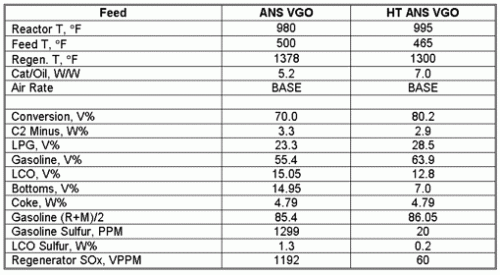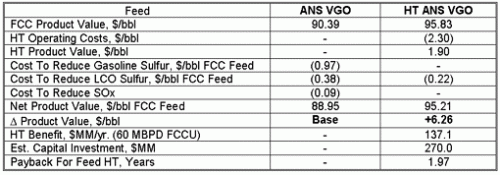2009 has kicked off with the market in panic over tremendous uncertainty in the future. Oil prices have slumped, we are seeing some short term increases in pricing today, but market ‘experts’ are still split on what is going to happen in the future.
In terms of the FCC world, many refiners are running lower throughputs, almost all are rigorously investigating dramatically altered yields from their norm if they have not already changed, and many high cost (many with previously expected high rates of return) projects are on the chopping block as uncertainty and pessimism dominates thinking.
I am presenting at the upcoming Shaw FCC Forum in Abu Dhabi in early April, and I think it will be interesting to see if the market uncertainty and current financial performance are impacting attendance. I will also be at the National Petrochemical & Refiners Association Annual Meeting in San Antonio in ~ 10 days.
As I watch this as a partially informed observer, I cannot help but think about the role the media and the numerous financial experts have in the overarching economic situation.
I have to wonder about the credibility of ‘experts’. I am in an industry where it is notoriously easy to be an expert – I have repeatedly said that “Often, the only requirement to be considered an expert is that you flew to the meeting.”
I have stepped back from the direct feed of ‘facts’ from the marketplace on a daily basis, and have instead spent this time doing some reading. I highly recommend Outliers by Malcolm Gladwell. This is Gladwell’s third book (the other two are very worthwhile reading as well, Blink and The Tipping Point), and it explores what is behind personal statistical anomalies, both on the positive and negative sides of typical distributions (think Bill Gates, the Beatles, how a co-pilot’s culture can lead to plane crashes) . It explores the impact of culture, family support, and what it takes to be a real expert.
It has some interesting ideas for all of us in this refining industry. A key idea in Outliers is the amount of time someone has to spend in their field to really be an expert – the number is 10,000 hours, but understand what this really is…it’s 10,000 hours practicing the actual skill set needed to be an expert. The hours spent sitting in meetings talking about budget or doing employee reviews do not count towards being a process expert.
I also highly recommend The Drunkard’s Walk: How Randomness Rules Our Lives by Leonard Mlodinow. This book explores some of the science of statistics, their impact on our lives, how poorly we as human beings perform in recognizing true odds, and in one section, lays out how many financial ‘experts’ are the product of randomness. The book reads very quickly, and the final chapter is extremely interesting. In the final chapter, Mlodinow charts the relative performance of 800 fund managers from 1 to 800 based on return minus median rate for a 5 year time period 1991 – 1995. A positive number therefore indicates above average market performance. Mlodinow then charts how the same managers did 1996-2000 and shows them in their prior ranking spot. The best performer for this second 5-year period was # 360 in the first 5-year period. The #2 performer in the second 5-year period was a tie between #s 700, 10, and 50. My conclusions do not entirely agree with Mlodinow’s in this section, but it’s clear that at least 1/3rd of the top 50 performers did worse than the market average. This 1/3rd were in the top 10 percentile for the first 5 year look, and they tumbled to be no better than the 26-50th percentile.
So, as we march through this year, I am cautiously optimistic but know enough to not be absolutely sure what the refining industry is going to see. At this point, my reading tells me that only time will tell what is going to actually transpire. My advice is that every time you see an ‘expert’ opinion on the marketplace, and they back their expertise up with what they predicted last time, there is no guarantee of them being correct now.
At this point in time, it’s your turn, the reader, to respond – what do you think will happen this year for your industry?





